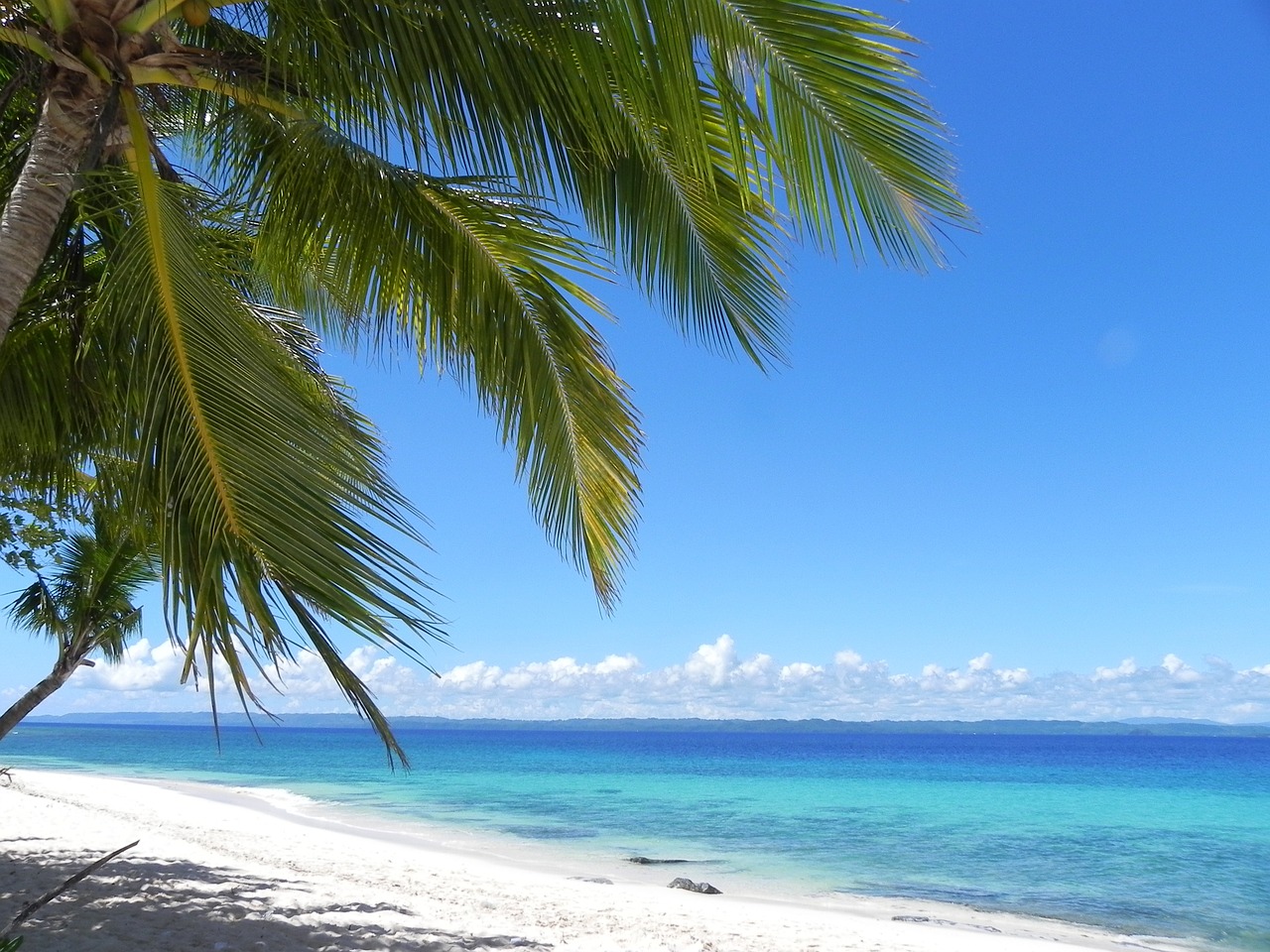Diabetes in the Pacific

Obesity and diabetes are common amongst pacific islanders. In Nauru, which scores the highest, 94,5% of adults are overweight, and 71.7% are obese with a BMI above 30. Forty percent of the adult population has type 2 diabetes. How did this happen?
Nauru is a small island in Micronesia rich in phosphate deposits. After the nation gained independence in 1968, foreign mining companies turned up. While the country, with its small population and great mineral wealth, had the highest GDP per capita worldwide for a while, strip mining did damage to the land. Much of it became inhabitable and impossible to grow food on today. After the phosphate reserves ran out in the 2010s, Nauru started selling fishing rights but the nation became dependent on foreign aid from Australia, Taiwan, and New Zealand.
The islanders, who once used to live on a traditional diet of fish, breadfruit, and coconuts, switched to a Western diet rich in processed food. It didn’t help that people considered obesity as a sign of wealth where you didn’t have to do physical labor to get by. A sedentary lifestyle became something to aspire to as obesity rates went up. Many people now die at an early age because of complications related to diabetes, such as kidney disease and amputations.
To curb the trend, the World Diabetes Foundation set up a healthcare program on the island which improved diabetes treatment and educated people better about managing the disease. As a result of the program, hospital admissions have fallen by a significant amount. The better controlled the diabetes is, the less likely people are to experience complications. As always in diabetes, education is the key.